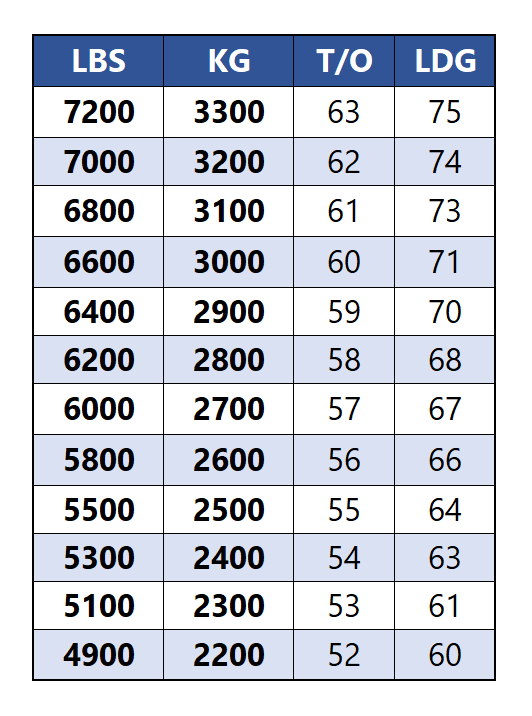HI there, Sorry about the question but was just wondering what the average airspeed you guys take for Take Off, with considering the size of your aircraft? Any help is greatly appreciated. TIA
Cessna 208 flaps 10 degrees, speed is usually 70-80 knts, depending on weather. If your plane is trimmed correctly before take off, you dont have to worry alot about speed since the plane will start to lift off as soon as its ready. Unless of course you run out of runway ;p
172 mid 50s knts.
It is not size dependent, it’s generally aircraft, height and weather dependent. ![]() Read the POH for details.
Read the POH for details.
Not size dependent? let see you lift an A320 off at 75 knots with 10 degrees of flap ;p
The size is surely a part of the aircraft. But also the wing form, the thrust, the shape… this is why i say aircraft.
All aircraft have V reference (Vref) speeds which include takeoff with certain flaps settings, max straightline speed etc. It varies - a small aircraft could be as low as 40 KIAS, a very fast one 90 kias.
And the STOLs with fat tires into the wind can get airborne in 100 feet. It all depends on the aircraft and the weather.
55 knots is the usual takeoff speed for a 172
In the aircraft I’m doing most of my flying right now (C172 thru CJ4), I’m rotating in a range from 55 to 102 knots.
Yes I know that, the question asked was “was just wondering what the average airspeed you guys take for Take Off” and I answered it.
Vref is used during landing. V1, Vr, V2, are used for takeoff.
THIS!!! ![]()
All this talk about aircraft size is nonsense.
Takeoff/rotation speed is related to the stall speed or in some case minimum control speed of the aircraft. Big aircraft just so happen to usually have a very high stall speed and hence a very high Vr .
Stall speed will vary with density altitude, flaps setting and loading and hence take-off speed will vary with density altitude, flaps setting and loading as well.
As a rule of thumb:
Vr is usually around 1.2 times the stall speed for the current loading which gives good control and a bit of leeway for getting out of ground effect.
If Vr is too close to stall speed you will not have adequate control and risk being stuck in ground effect. If Vr is too high you risk running out of runway and may even stress the landing gear from overspeed.
BUT as stated above look it up in the POH as it may vary.
I tend to take off just a bit hot. I’m trying to go up, not gliding down.
Hi , I am new to aviation and Do not know a lot about flying aircraft and what is involved in flying..But I am learning with all of your help…So I am still a newbie..And What does POH mean?
POH—Pilot Operatng Handbook..
As an example of how take-off speeds vary with increased weight of fuel and passengers here is a chart for a popular STOL turbo prop. Not that unloaded you rotate at 52 knots whereas with a heavy load you wait till 63 knots before attempting to rotate.
Well, you can always google take-off speed plane x. It’s all about the weight (not size) to lift (wing surface) ratio. You don’t even have to move forward to take off. An 80 knots or less headwind and up you go, so wind speed and direction is another important factor.
